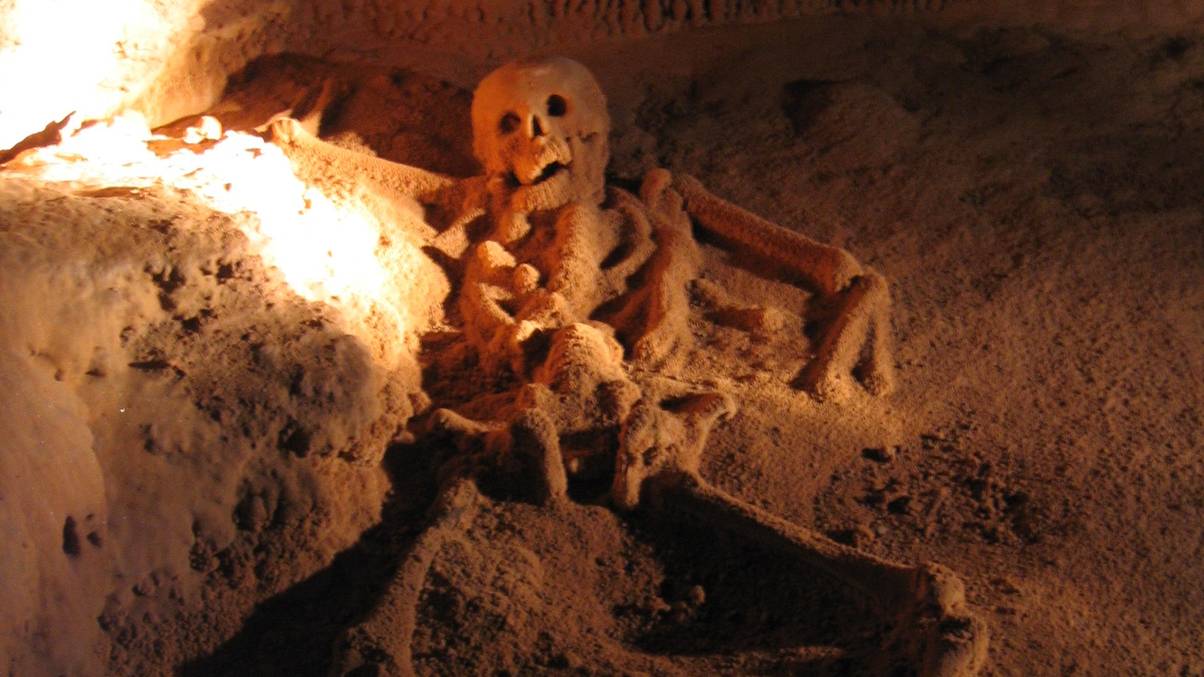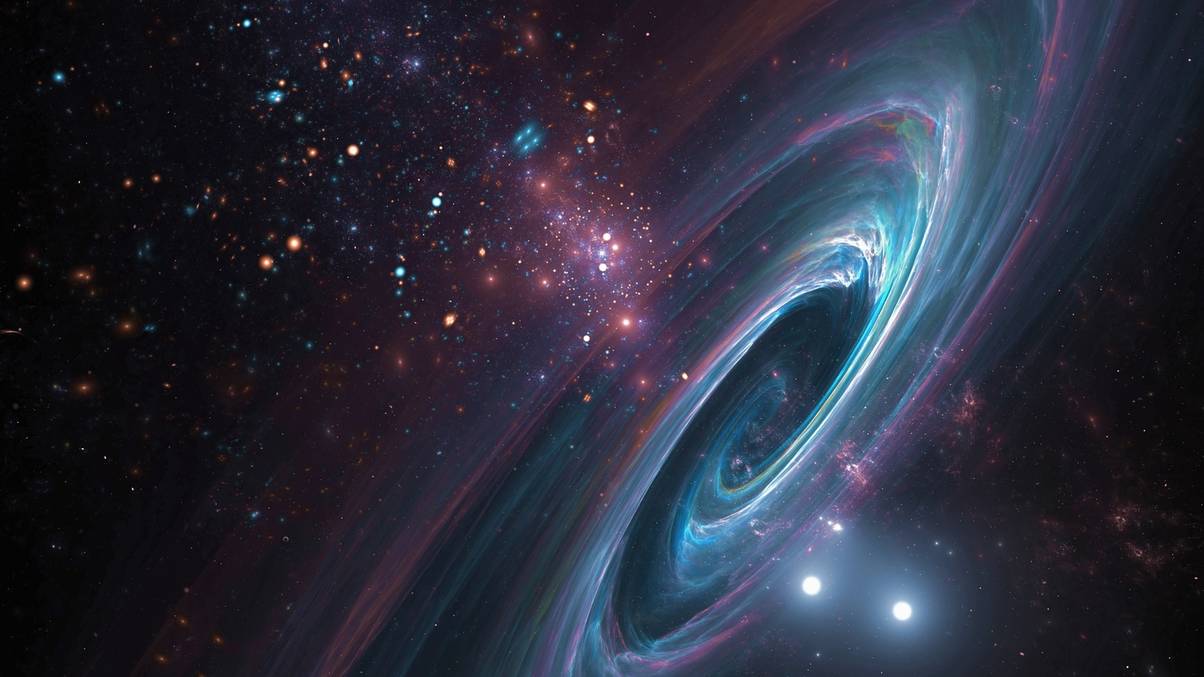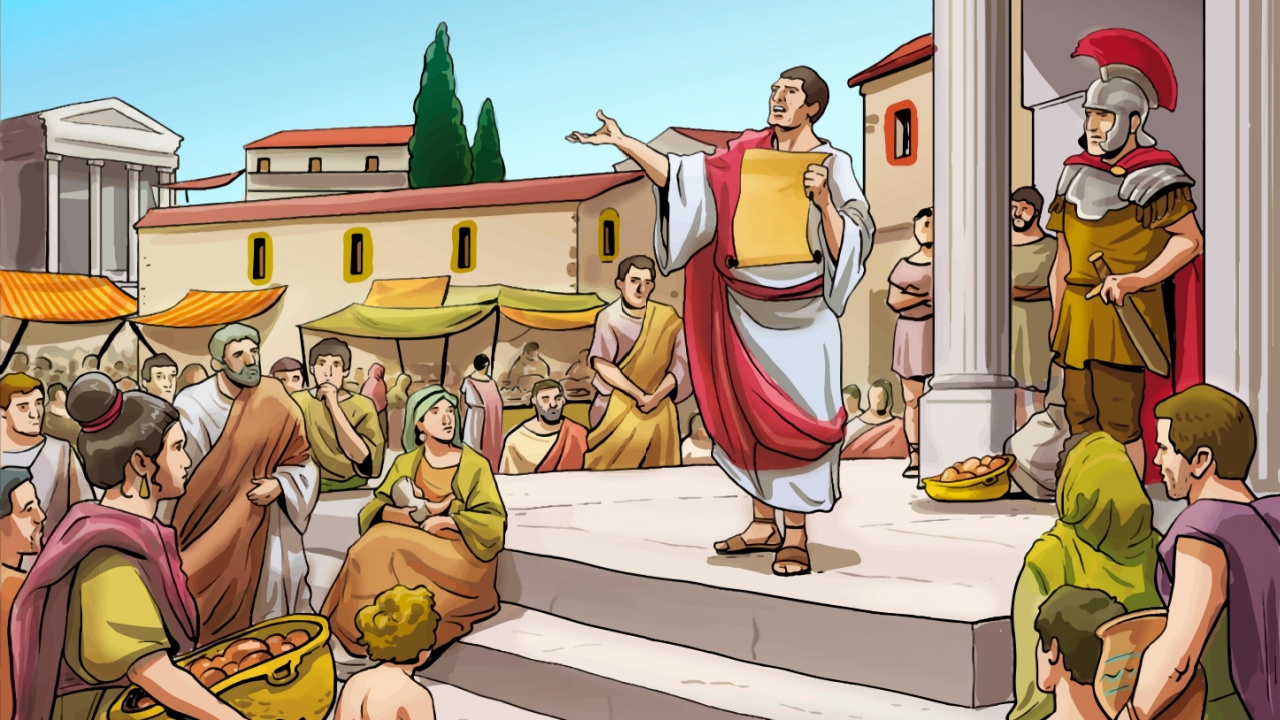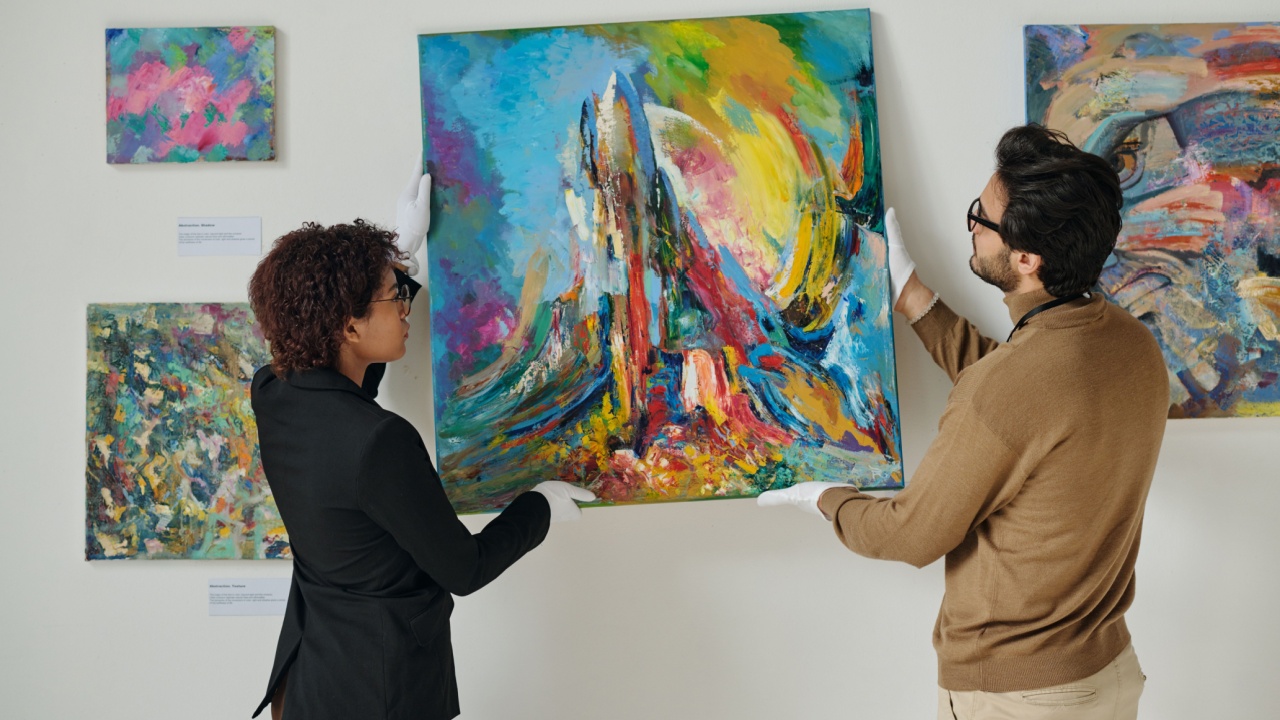Secrets Unearthed: Chilling Maya ‘Blood Cave’ Reveals Rituals of Sacrifice and Mystery
Remember when you thought ritual sacrifices were all about tossing a hapless virgin into a volcano and calling it a day? Well, scratch that vintage horror flick image—turns out, the Mayans were playing at an entirely different, and frankly more gruesome, level of macabre. Deep below Guatemala’s ancient city of Dos Pilas, in the aptly named Cueva de Sangre or “blood cave,” archaeologists stumbled upon a bone-chilling tableau that rewrites the script on human sacrifice rituals. This isn’t your garden-variety burial ground; we’re talking dismembered bodies, stacks of skull caps, and ritual implements that suggest a rather intricate—and terrifying—spiritual arrangement aimed at currying favor with the Maya god of rain, Chaac. So, how exactly did these sacrifices work, and what twisted cultural logic turned body parts into priceless spiritual currency? Buckle up, because this dark cave holds answers to some seriously haunting questions. LEARN MORE
Remember the days when we used to think that a ritualistic sacrifice simply meant chucking the odd virgin into a volcano? Well, apparently, we got it so very wrong. Or at least, in the case of the Mayans, it seems we did.
In Guatemala’s Cueva de Sangre, which translates to ‘blood cave’, archaeologists made some gruesome discoveries of human sacrifice rituals among Ancient Mayas.
The cave, which resides under the ancient Mayan city of Dos Pilas, was first discovered back in the 1990s, and is part of a cluster of 12 caves which the Mayan people would have used between 400 B.C. and 250 A.D.
While the stretch of caves have given archaeologists plenty to poke around in, the ‘blood cave’ stood out thanks to the collection of bones and dismembered bodies found within.
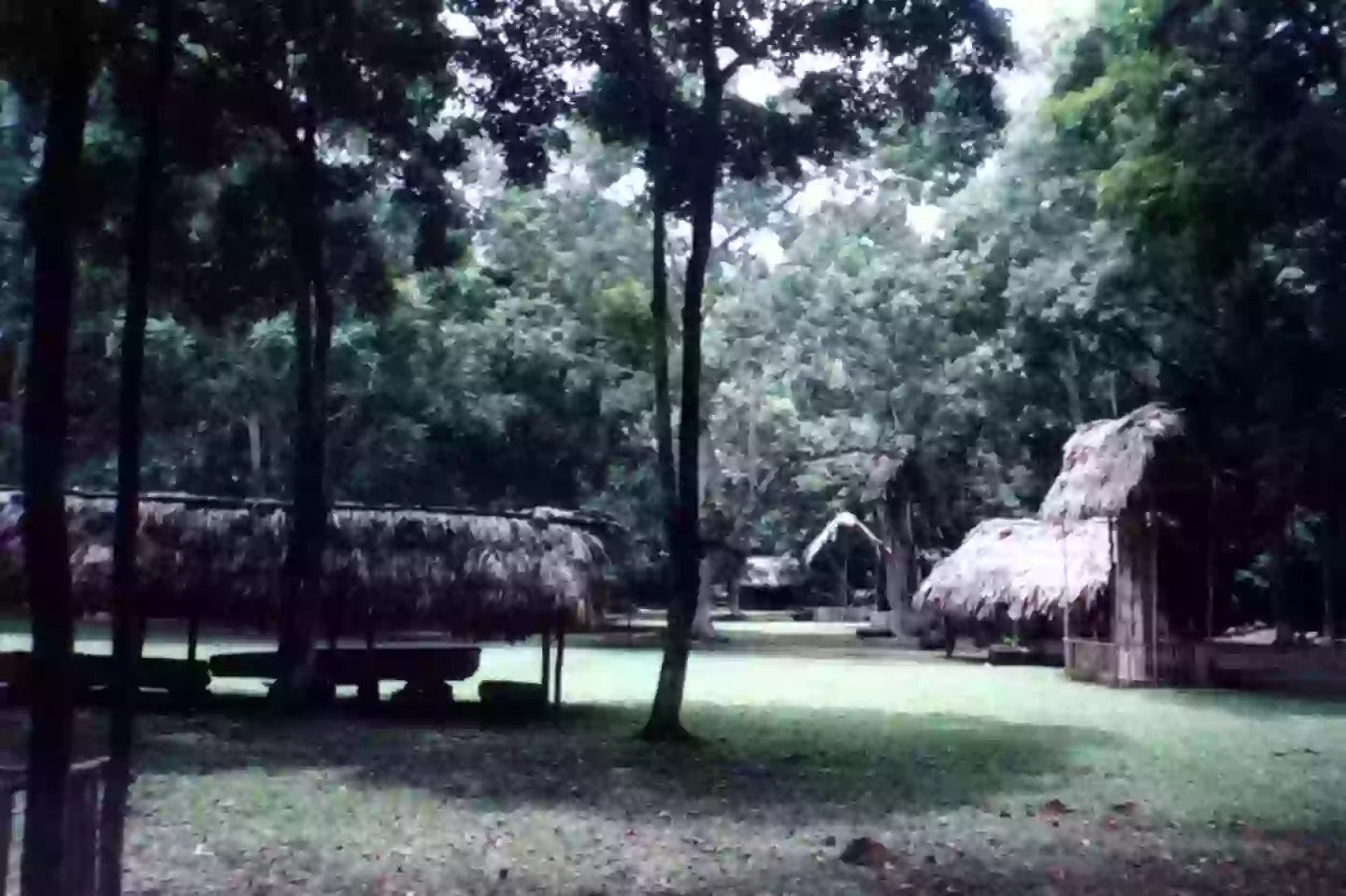
The ‘blood cave’ is located below the Mayan city of Dos Pilas (Simon Burchell / Wikimedia Commons)
Not only was the collection of bones enough to make it an interesting spot for archaeologists, but the fact that there was evidence of dismemberment and traumatic injuries really made it stand out from other similar sites found previously.
Recently submitted research presented to the annual Society for American Archaeology meeting, titled ‘Black as Night, Dark as Death’ highlighted why this discovery is so significant.
Speaking at the meeting, Los Angeles bioarchaeologist Michele Bleuze said: “The emerging pattern that we’re seeing is that there are body parts and not bodies.”
She added: “In Maya ritual, body parts are just as valuable as the whole body.”
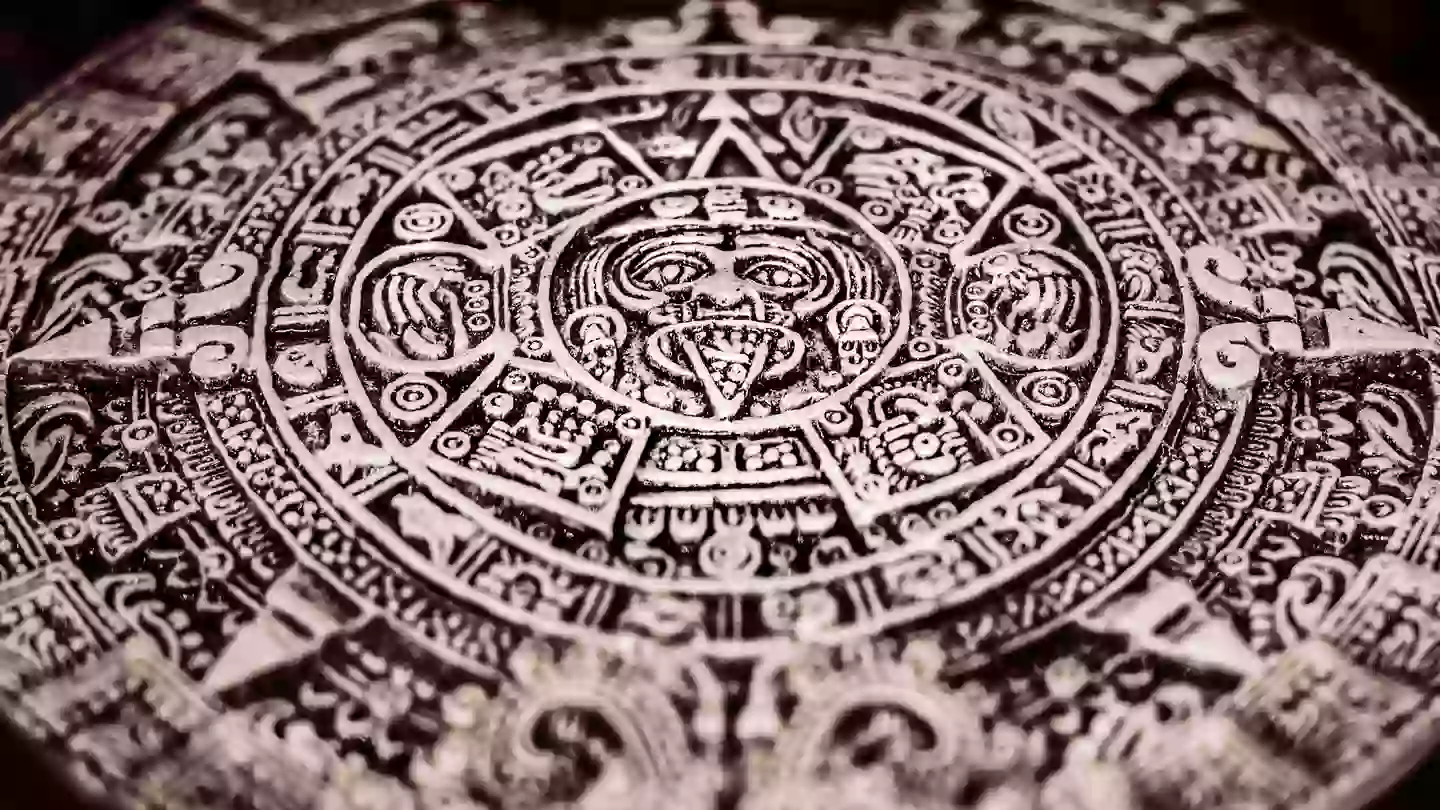
Bodies weren’t the only thing found in the cave (Getty Stock Images)
The cave, which can only be accessed during the dry season (between March and May), is normally completely submerged in water for the rest of the year.
Scholars now believe that the site wasn’t just a simple burial site, but instead was home to ritual sacrifice in order to please the Maya god of rain, Chaac.
To back this up, examinations of the remains found in the cave has shown that injuries occurred around the time of death, meaning this wasn’t a case of being being buried in the cave following an injury, but rather, the Maya people found here would have been dismembered as part of the ritual sacrifice, in order to please Chaac and ensure the wet season continued as normal.
Red ochre and obsidian blades were also found in the cave, which were often used in Maya culture for spiritual purposes, such as sacrifices.
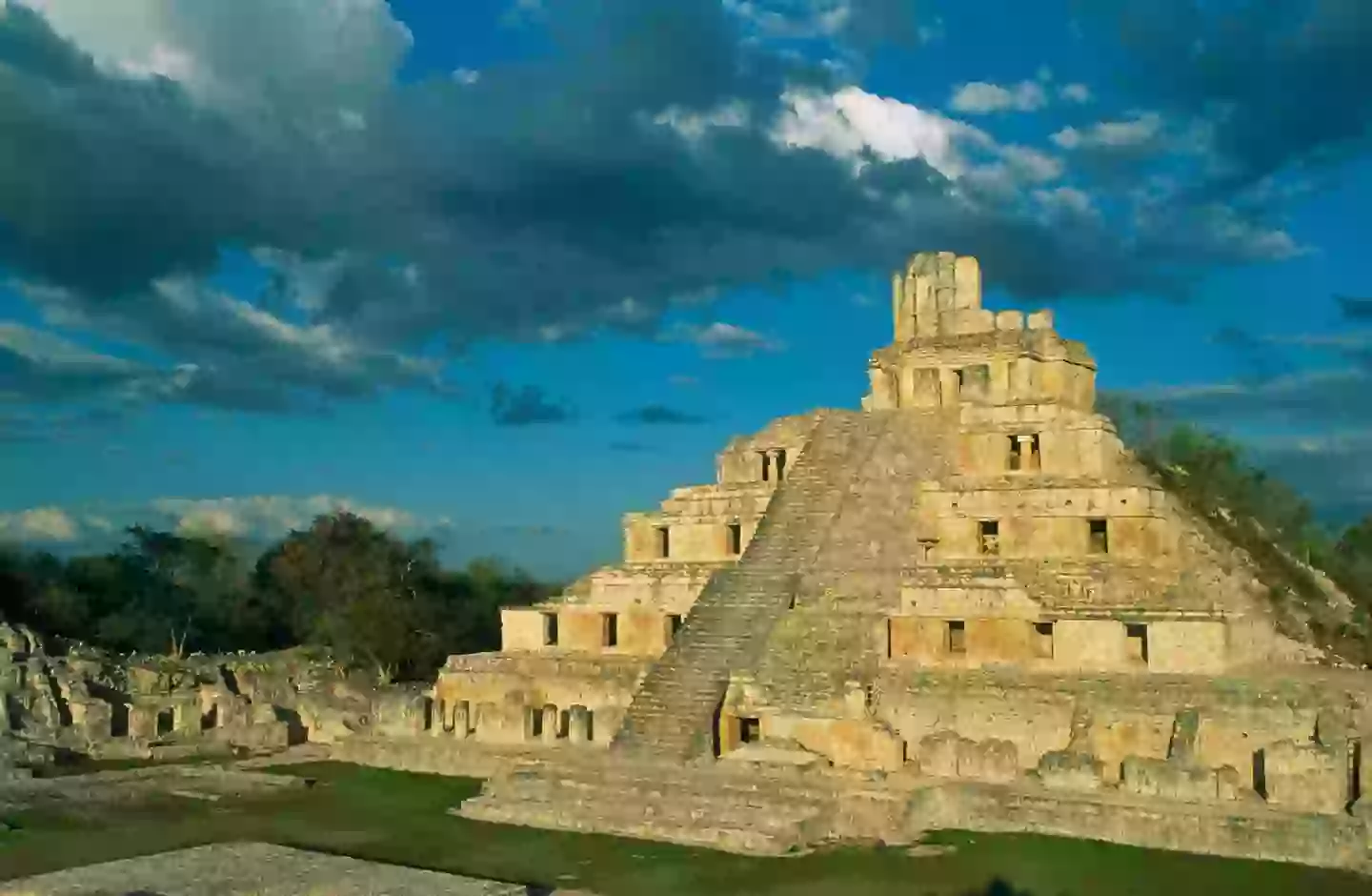
The bodies are suspected to be part of ritual sacrifices to the Maya god of rain (Getty Stock Images)
Ellen Fricano of Western University of Health Sciences analysed some of the bones found within the ‘blood cave’ and confirmed that trauma had occurred around the time of death.
With neatly stacked skull caps found in one chamber, and the discovery of the trauma these people endured, experts are now starting to get a better understanding into Maya human sacrifices, and not only how they might have been performed, but also why.
